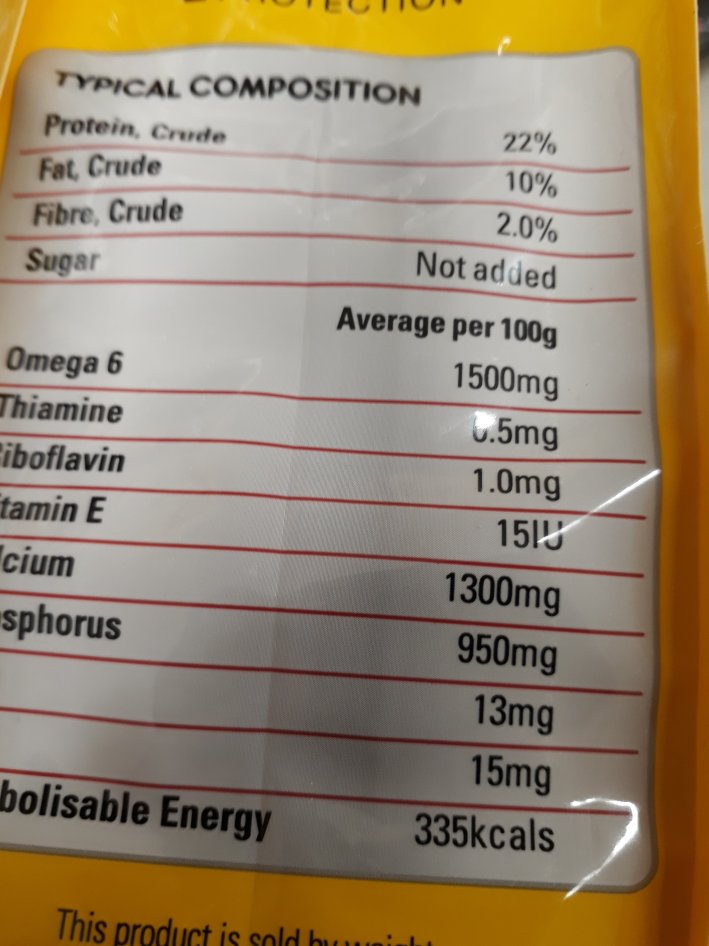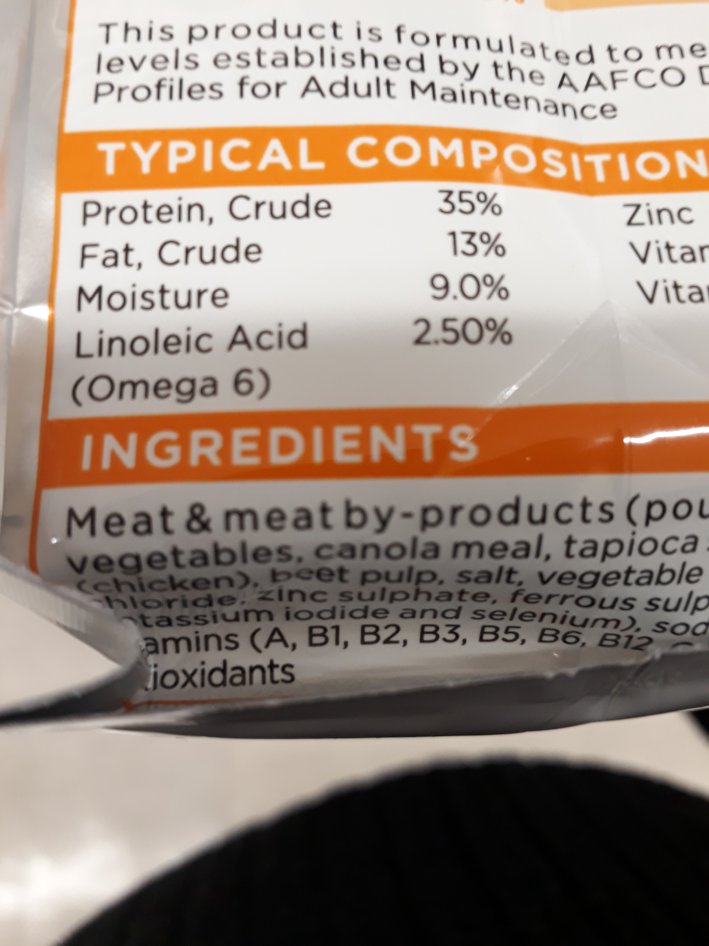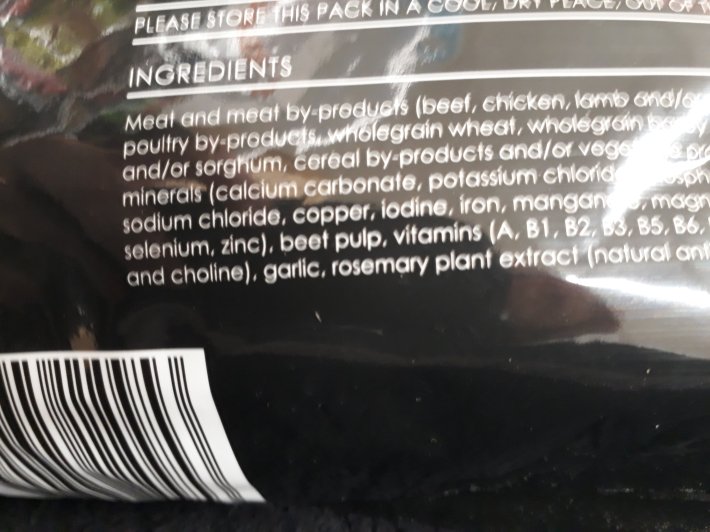Understanding Dog Food Labelling – CEO Dr Vadim Chelom
I’ve had a lot of feedback from a post on dog food labelling where a number of people expressed their confusion about dog food information panels and how to use them to choose the best food.
This is a difficult question to answer because in Australia the rules for dog food manufacturers are very lax, allowing them to reveal very little about the actual ingredients of the food they are making.
The Front Of The Bag (AKA nothing to see here)
If an ingredient constitutes at lest 25% of the food, it can be used in the food heading. This is prior to processing (meat can hold 15-20% water), so once the food is processed, the ingredient may constitute significantly less. If multiple ingredients are listed in the heading, they together must constitute al least 25% (prior to processing).
Examples:
“…With Real Beef” means there has to be at least 25% beef prior to processing, or as little as 10% beef after processing.
“…With real beef and lamb” – In this case each ingredient may only constitute 5% of the food after processing.
Terms like ‘wholistic’ and ‘natural’ have no defined meaning in manufacturing and therefore are just marketing nonsense.
The Back Of The Bag (AKA the curtain rises a little)
All the useful information is contained on the back of the bag in small print.
Manufacturers are obligated to provide protein and fat percentage of the food.
Manufacturers are obligated to provide list of ingredients used in food in descending order by weight.
“Meat” means muscle meat.
“Meat by-products” can mean any part of the animal.
Beware of the “Grain free” label. A lot of those foods contain high percentage of Sorghum, which is not classified as grain.
Hints For Using Ingredients Panel To Find The Best Diet
1. Protein And Fat Ratios
There is general consensus that anything above 6% fat is of little benefit for your dog (unless your dog is a sled dog or a working cattle dog). It will just make your dog put on weight. Especially because most of the fat in dog food is from tallow – cheap animal fat. Yet most dog foods contain 8% fat and above. This is because both Fat and Protein contribute to the Energy of the dog food, and fat is much cheaper to source then protein (even plant derived protein).
Lower quality dog foods have higher levels of fat (10%) and lower protein (20%) (see below).
Better quality dog foods contain lower levels of fat (6-8%) and higher levels of protein (25-30%).
On my recent supermarket trip I saw a super-food with 35% protein (photo above). That’s probably too much of a good thing and unless your dog is very active, it will probably cause excessive weight gain.
2. Ingredients List
One dog food (photo above) I saw listed as the first ingredient “Meat and meat by-products – beef, chicken, lamb and/or pork”. Wow, talk about hedging your bets. That food could have absolutely anything in it!
Beware for the same (or similar) ingredient being listed multiple times on the label. That’s how manufacturers split up the ingredient to make it appear lower on the ingredients panel.
3. Just Because It Is In The Same Bag, Doesn’t Mean It’s The Same
This comes up often for people whose dogs have allergy or food sensitivity. Remember – manufacturers can (and do all the time) change the ingredients within the same brand of food based on the cheapest supply. As long as it complies with the ingredients panel, anything is game. So you may think your dog is eating the same food all the time, but it ain’t so.
And Finally: You Don’t Know If You Don’t Look
Unless you have examined the back of your dog’s food bag (with a magnifying glass), you really don’t know what you are feeding. I urge you to start paying close attention to the labelling of your dog food, starting today.



